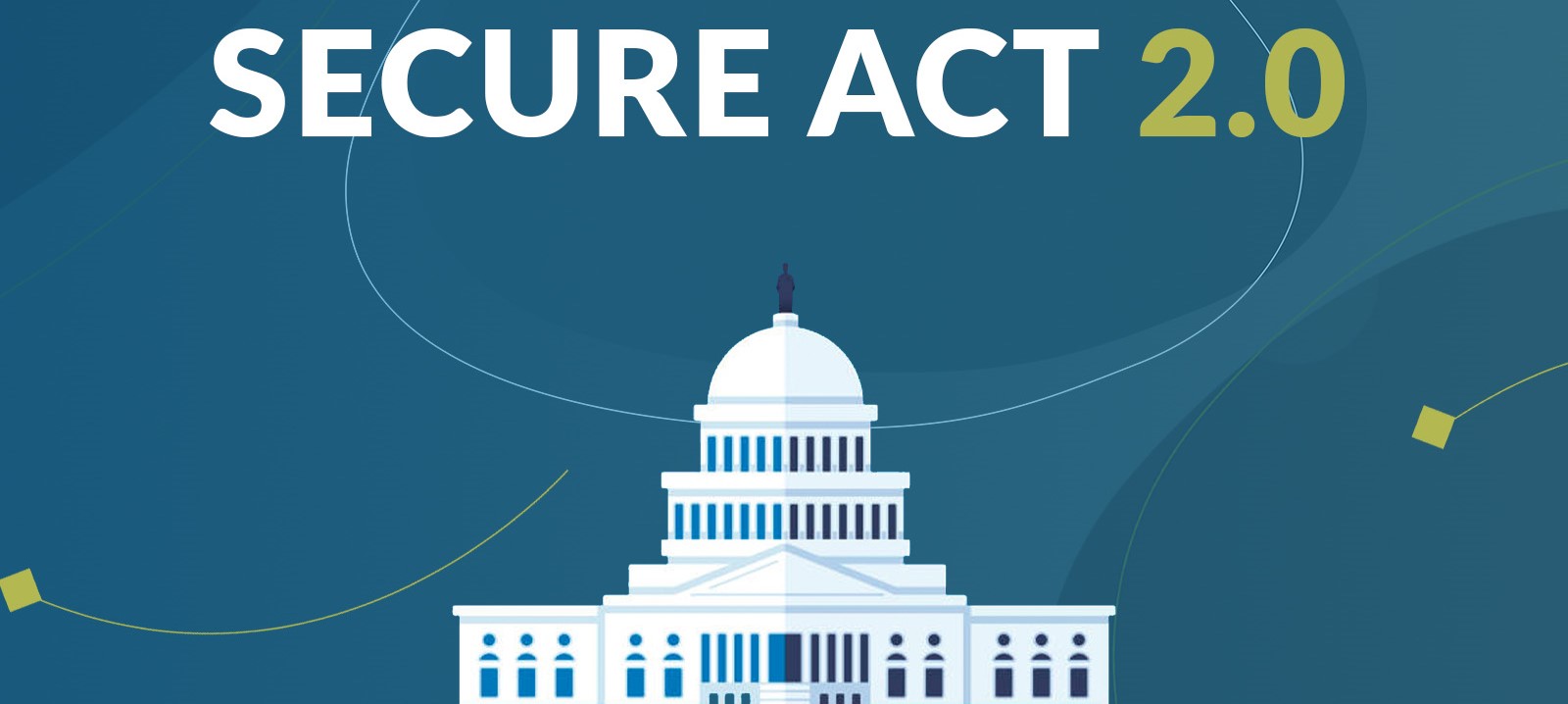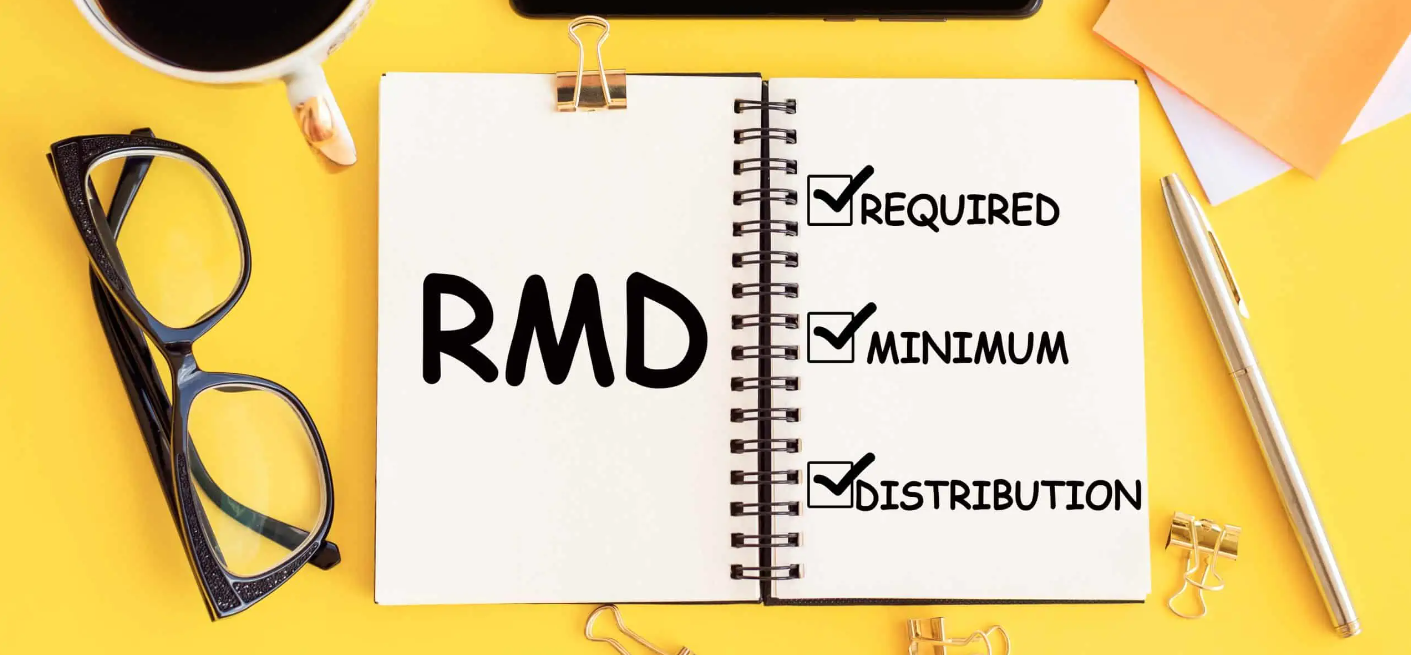SECURE 2.0 is now the law of the land and one thing is very clear. Roth-O-Mania is here! In their quest for more revenue, Congress has created more options to save with Roth accounts. These accounts bring in the immediate revenue that Congress desperately needs. For retirement savers, these Roth options offer the promise of potential tax-free earnings and withdrawals down the road.
Here are 5 new Roth savings opportunities:
-
SEPs and SIMPLEs.
Beginning in 2023, SEP and SIMPLE plans can allow Roth contributions. This is great news if you are a small employer. Now, these easy and inexpensive retirement plans can offer a Roth option. However, you may need to be a little patient here. The logistics involved in getting SEP and SIMPLE Roth plans off the ground likely will mean that custodians will not have these options immediately available.
-
Employer Matches.
Additionally, the new law allows plans to offer employees the option of having matching contributions made to a Roth account. If your employer makes a Roth matching contribution, you will pay income tax on it. This provision is effective for 2023.
-
Rollovers from 529 Plans to Roth IRAs.
SECURE 2.0 allows rollovers from 529 plans to Roth IRAs. This provision is effective in 2024. Nonetheless, if you had concerns about what to do with funds left over in a 529 plan, this may be a good opportunity. Leftover 529 funds can now roll over to a Roth IRA in the name of the 529 beneficiaries. However, there are restrictions. For example, the 529 plan must have been in place for 15 years, annual rollovers cannot exceed the annual Roth IRA contribution limit, and total lifetime rollovers cannot exceed $35,000.
-
No Lifetime RMDs.
Unlike Roth IRAs, Roth accounts in workplace plans have been subject to RMDs during the owner’s lifetime. Beginning in 2024, this will no longer be the case. You will be able to exclude Roth plan dollars from the RMD calculation.
-
More Catch-Up Contributions.
As you get closer to retirement, the rules allow you to step up your retirement plan contributions. Starting in 2024, if you are of higher income, age 50 or older, and you want to make catch-up plan contributions, you must make them as Roth contributions.
By Sarah Brenner, JD
Director of Retirement Education











